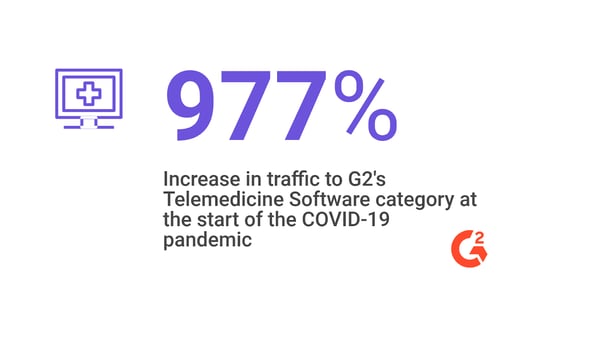In July 2021, Dollar General announced that it would be expanding its healthcare offerings to meet the customer’s needs and establish itself as a health destination. Dollar General plans to increase the options of health and wellness products in its stores, as well as build a comprehensive network of affordable healthcare services, with a specific focus on increasing access to affordable healthcare in rural communities.
Dollar General notes that 75% of the US population lives within approximately five miles of one of its 17,000+ stores. The company is in a unique position as they serve rural communities often underserved by other retailers.
Similarly, in 2019, Walmart opened its first Healthcare Services Supercenter in Dallas, Georgia, which features primary medical services, dental care, and behavioral health services. Walmart also operated Care Clinics in multiple stores, but the health supercenters are creating access to basic healthcare services at lower pricing, regardless of insurance status.
Solving issues with patients' access to care
According to the CDC, approximately 46 million Americans live in rural communities. People in rural communities often encounter barriers to healthcare that limit their ability to get the care they need. The CDC has used several approaches to help improve the health of rural residents.
One approach is telemedicine.
Telemedicine can help reduce barriers to care for people who do not live near specialists or have transportation or mobility issues. Telemedicine can be an effective approach for communication and patient consultations. It also helps doctors monitor patients’ chronic conditions, like heart or lung disease. Better monitoring can improve their quality of life and reduce hospital admissions and deaths, and it is a good way to deliver care quickly in an emergency, such as a stroke.
While telemedicine is a convenient approach, it does not completely solve the problem of access to care and patients’ ability to afford the care. It is not possible to arrange every type of visit remotely, some services may not be fully covered, and tens of millions of Americans lack internet access or cannot afford quality internet services.
The Federal Communications Commission’s (FCC) 2020 Broadband Development Report identified approximately 18 million Americans—primarily in rural areas—without access to any broadband network. Over the past five years, the federal government has provided over $22 billion to support the expansion of rural broadband. Yet, somewhere between 6% and 12% of Americans still do not have access to a quality broadband network.
Increased interest in telemedicine
Telemedicine might have multiple benefits for public and individual health. Increases in the use of telemedicine due to the COVID-19 pandemic could have long-term benefits for improving access to quality care.
G2 saw a 977% increase in traffic to the Telemedicine software category at the start of the COVID-19 pandemic, from January 2020 to March 2020. We also saw an increase in reviews for telemedicine products within the last year—many of which discuss the convenience of telemedicine and the ability to see patients who do not live near their provider’s office.

A reviewer for Doxy.me notes:
"The inability to meet face-to-face with clients during the pandemic is being solved. Some clients are more open in their presentation due to being at home and feeling more comfortable.”
Final thoughts
Dollar General and Walmart, among others, have observed a problem of lack of access to affordable healthcare and they have responded by bringing access to customers. While making a profit, they are also doing good and helping customers in the communities they serve.



 by Rachael Altman
by Rachael Altman
 by Rachael Altman
by Rachael Altman
 by Rachael Altman
by Rachael Altman